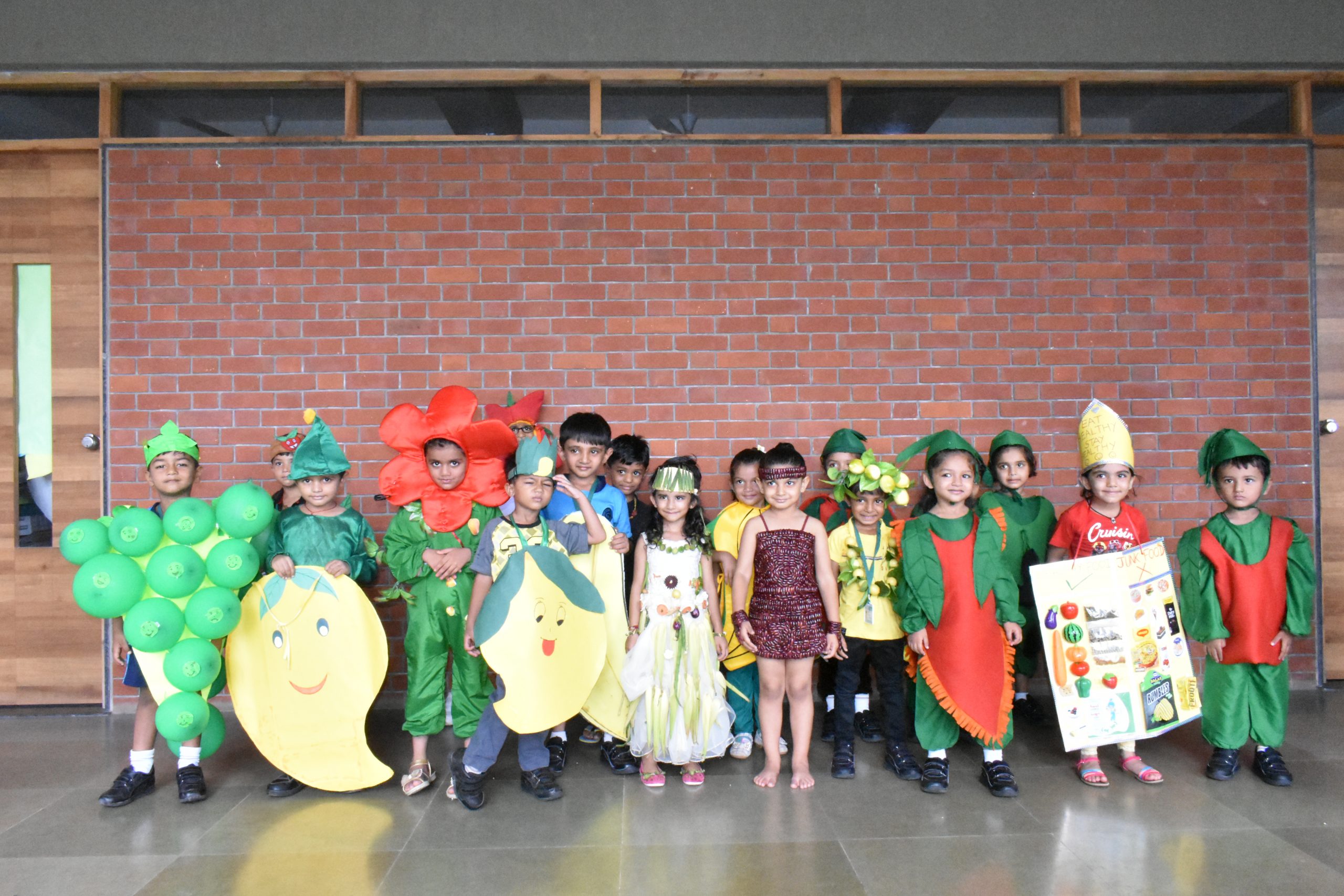



Creativity does not stem from discipline, order and following what we know works. It arises from challenges, situations that bend your mind and questions. A lot of questions.
Leonardo Da Vinci kept a notebook in which he wrote hundreds of questions a day, scribbled all his ideas, sketched elaborate machines, inventions. He penned questions that came to his mind that required pondering, some as abstract as ‘Describe a woodpecker’s tongue’. Da Vinci harboured his creativity by constantly pecking at it, challenging his brain and wondering.
A similar approach was taken by a 2nd grader teacher who asked her 7 year old students to keep a Da Vinci notebook, where they would write all their ideas, write questions, their thoughts, scribble poetries or sketch. One day they wrote 100 questions. This activity, within a week showed drastic change in the energy of the classroom and their interest in learning.
Why should creativity underlie teaching in school?
Albert Einstein said, “Logic will get you from A to B. Imagination will take you everywhere.”
The best part about creativity is that there is no one way to be creative. Imagination is not a journey with a directed path, which allows children to explore and go haywire. Restrictions and order sometimes make things monotonous. In schools, teachers conduct classes after classes, spoon feed students with notes from the curriculum, give the same papers to write for years, mass churning assignments or projects. Everything is neatly structured, but not a lot of learning comes from order.
Creativity in the classroom
While designing their methods, educators rather than spoon feeding information or giving answers should focus on innovative ways to ask questions and prompt students to ask them too. They should be given choices, freedom to interpret and encouraged to make decisions. Learning happens best through varied experiences, and we learn by doing.
Overload of information is not going to garner attention. Creativity is the tool to drive motivation in a classroom. Students need to be empowered to express their own ideas and thoughts because ideas are born out of ideas. Only when the environment is conducive to nurture and harness creativity, the best form of leaning will take place.
Creative approaches like teaching through songs, 3D models, various forms of media like videos and podcasts, hands on learning like performing, dancing, enacting, go a long way than bookish knowledge. Like there are no limitations on creativity, there are no limitations to approaches an educator can take.
Creativity is not just restricted to languages or art, it is problem solving approach to any situation in life, both inside and outside the classroom. Creativity empowers and therefore as Ken Robinson says, “Creativity now is as important in education as literacy, and we should treat it with the same status.”